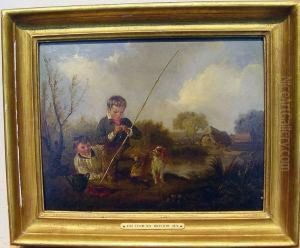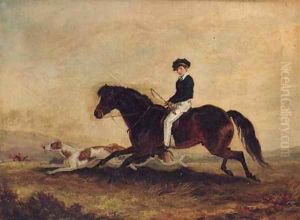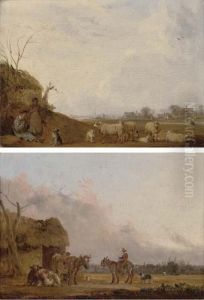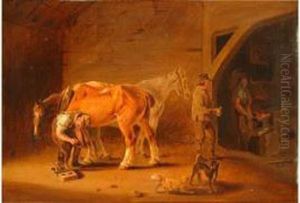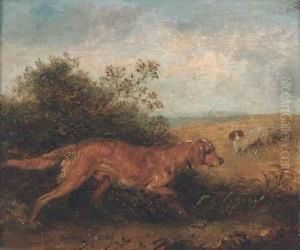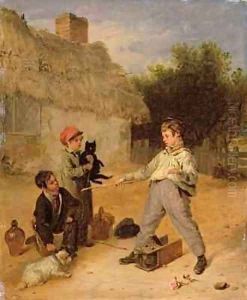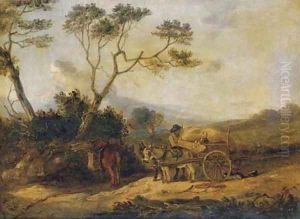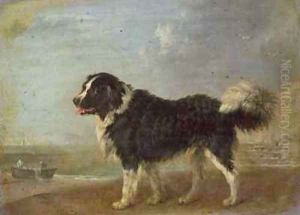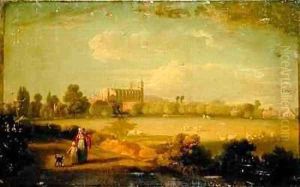Edmund Bristow Paintings
Edmund Bristow was an English artist known for his animal paintings and local scenes around Windsor. Born on April 1, 1787, in Eton, Buckinghamshire, he was raised in an area that was to provide much of the inspiration for his work throughout his life.
Bristow displayed an early talent for art, and by the age of 17, he had begun to exhibit his work at the Royal Academy. Despite having the opportunity to study under Sir Thomas Lawrence, a leading English portrait painter at the time, Bristow chose to remain largely self-taught and worked independently. This decision to work outside of the mainstream art institutions of the day meant that he never gained the same level of fame as some of his contemporaries.
His paintings often depicted animals with remarkable detail and sensitivity, and he had a particular talent for capturing the character and individuality of his subjects. He was also known for his landscapes and scenes of everyday life in and around Windsor and Eton, which were characterized by their lively and often humorous portrayal of English country life.
Bristow lived in Windsor for most of his life and maintained a close relationship with the town and its inhabitants. He was a contemporary of Sir Edwin Landseer, another artist famous for his animal paintings, but Bristow's work was distinct in its more intimate and less grandiose style.
Despite his talent, Bristow never achieved great wealth or widespread recognition during his lifetime. He remained a provincial artist, and his work was primarily appreciated by local patrons. He continued to paint and exhibit until his death on January 13, 1876, in Eton. Today, Edmund Bristow's paintings are considered an important part of English art history, particularly in the genre of animal painting, and they offer a charming glimpse into 19th-century life in the Windsor area.
